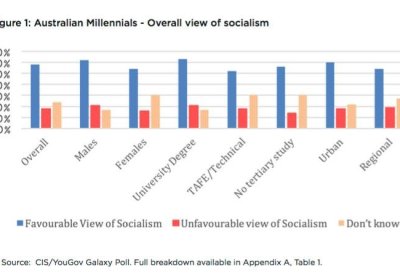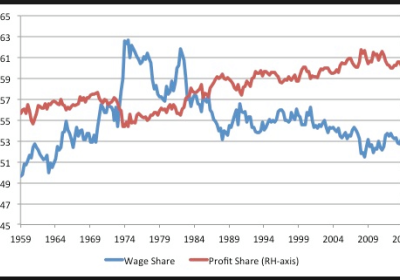The rapidity with which homophobic rugby player Israel Folau raised $2.2 million for his fight against Rugby Australia is just the latest example of how easy it is to monetise hate these days. It is a morbid symptom of a capitalist system plumbing the depths of moral bankruptcy.
Alan Jones
Prime Minister Scott Morrison called it “Sydney’s biggest billboard”. Most of us call it the Sydney Opera House. The difference is revealing of two sharply contrasting mindsets.
The Centre for Independent Studies (CIS), a right-wing think tank, is not at all happy with the results of a survey they commissioned from international polling agency YouGov Galaxy to find out the attitudes of “Millennials” (people born between 1980 and 1996) in Australia to socialism and capitalism.
The poll found 58% were favourable to socialism and 59% thought that “capitalism has failed and government should exercise more control of the economy”.
Is there anything more wretched and dishonest than the suggestion by pro-capitalist media commentators that any attempt by working people to claw back a fraction of the wealth they create every day represents the "politics of envy"?
It is even more poisonous when coupled with an effort to breed resentment towards fellow workers who have managed to fight for and win better wages and conditions that others. An example is the crass attempt to whip up outrage about Victorian construction workers winning a 15% wage rise over three years.
 Red and Black Bloc banner on November 29.
A large-scale revolt of fans of the A-League, Australia's leading football (soccer) competition, has broken out. With several “active support” fan groups on an indefinite strike and fans from each of the 10 clubs protesting in one form or another, it is one of the largest sporting-related protests in Australia's history.
Red and Black Bloc banner on November 29.
A large-scale revolt of fans of the A-League, Australia's leading football (soccer) competition, has broken out. With several “active support” fan groups on an indefinite strike and fans from each of the 10 clubs protesting in one form or another, it is one of the largest sporting-related protests in Australia's history.



